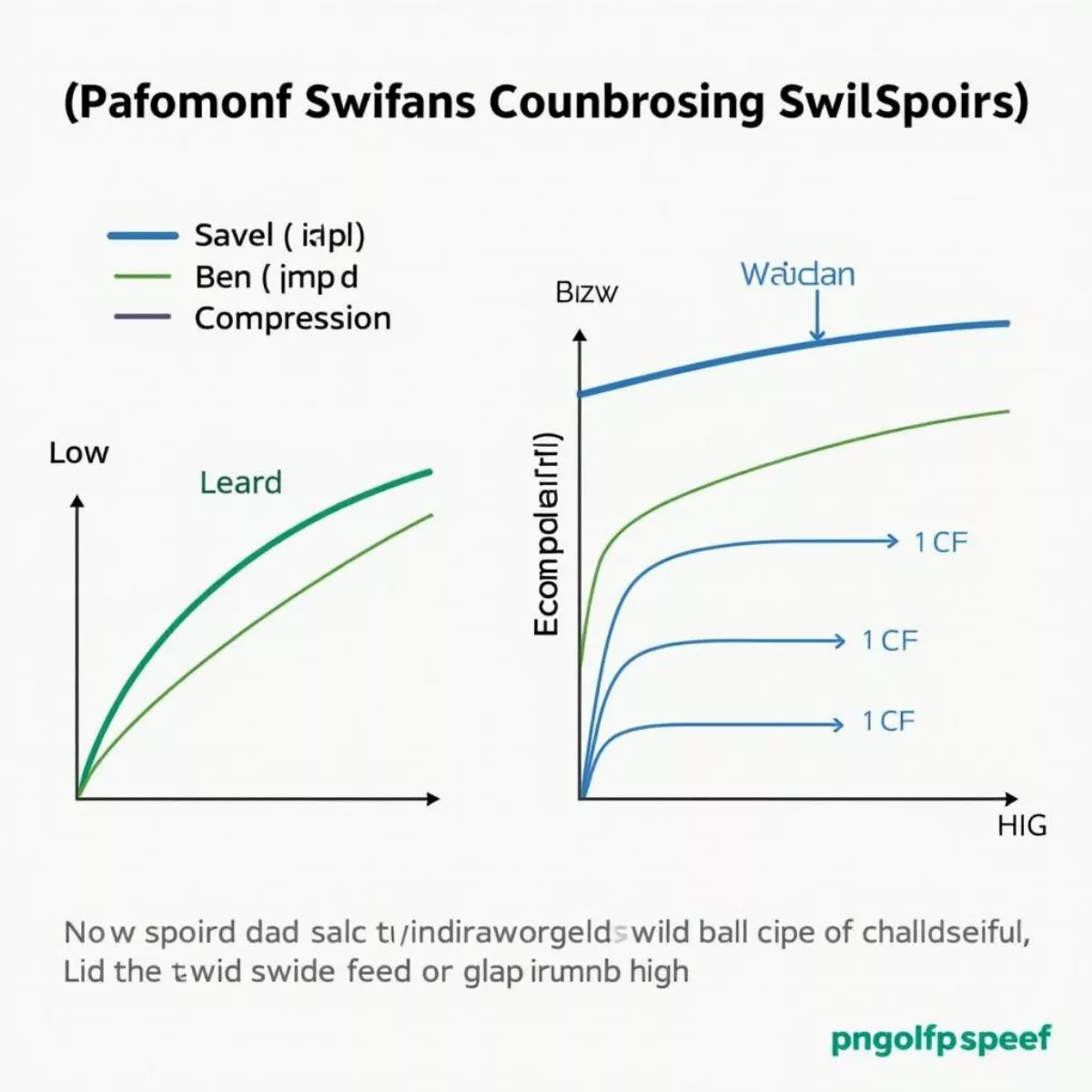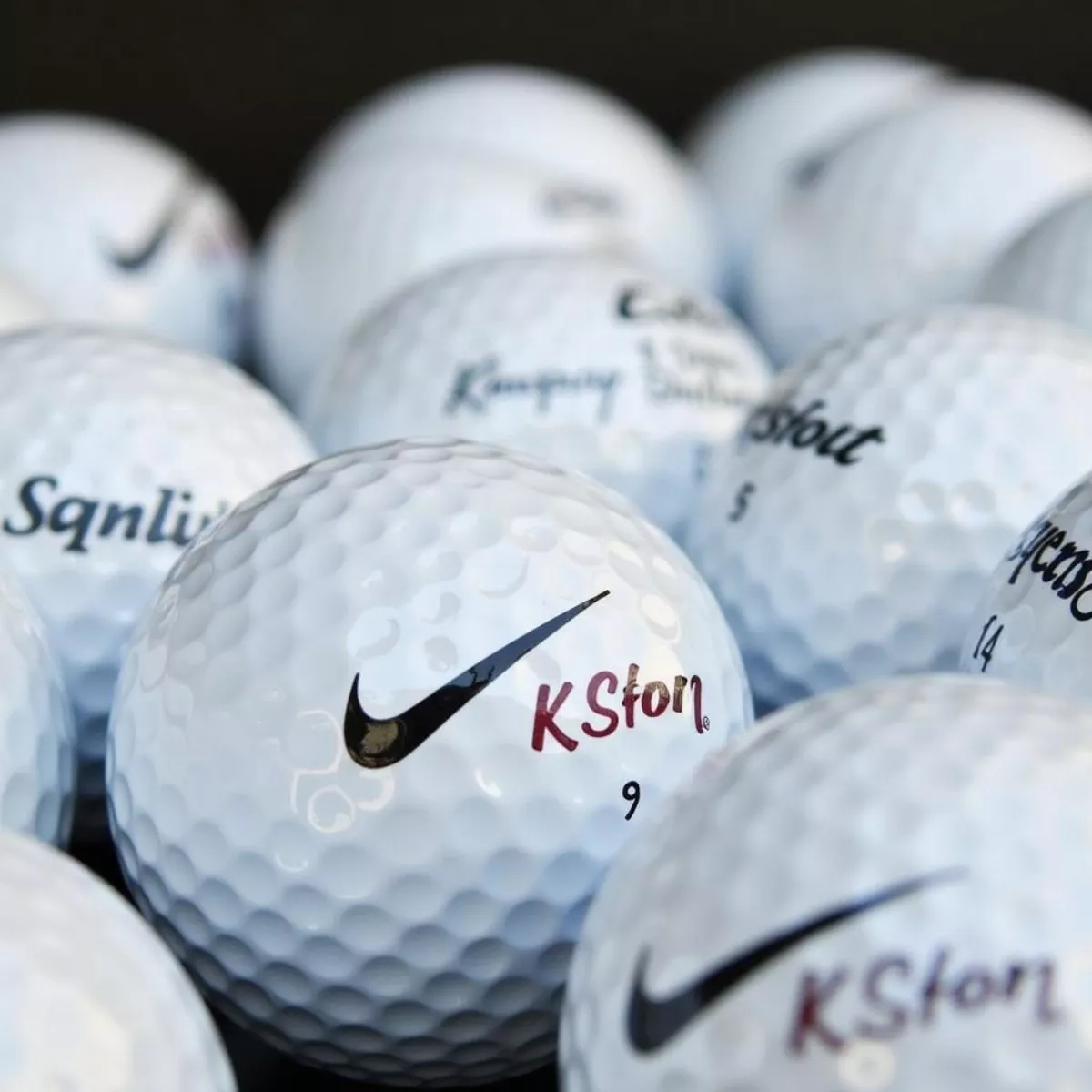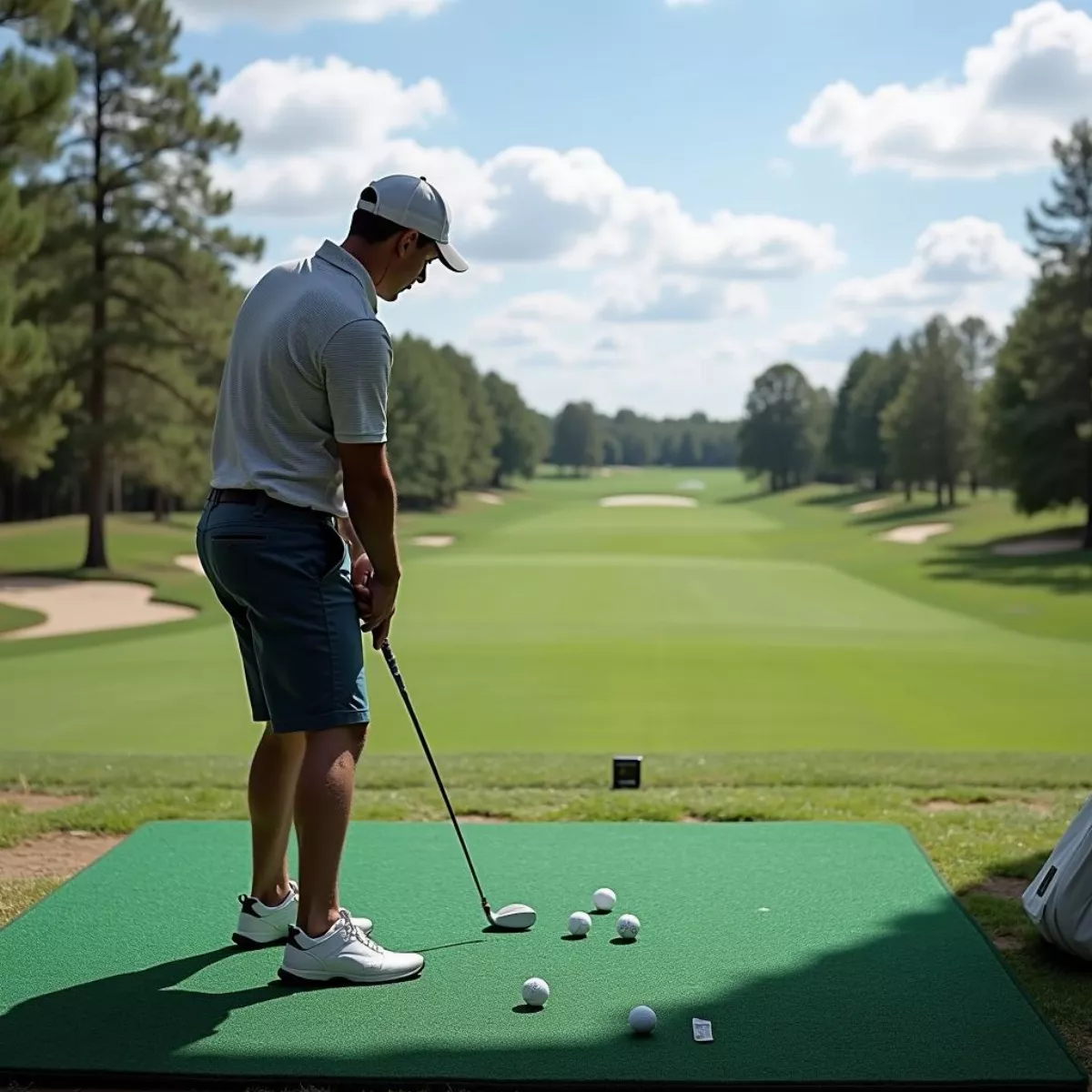Golf is not just a game of skill; it’s also about the equipment you use. Among the many pieces of equipment in your bag, the golf ball is arguably one of the most important. The right compression golf ball can significantly affect your game, from distance to control.
Understanding compression is crucial when choosing a golf ball. Compression refers to how much a ball deforms when struck by a clubface. It plays a significant role in your performance on the course. In this guide, we’ll dive into how to choose the right compression golf ball for your specific needs.
Understanding Golf Ball Compression
Golf balls come in different compressions, typically ranging from low, medium, to high.
- Low Compression Balls: Generally suitable for players with slower swing speeds (less than 85 mph) or those who want maximum distance on their shots.
- Medium Compression Balls: A versatile option that caters to a wider range of swing speeds (85-100 mph), providing a balance between distance and control.
- High Compression Balls: Best for players with faster swing speeds (100+ mph). These balls deliver greater control and feel but may sacrifice some distance for slower swing speeds.
What Compression Golf Ball is Right for You?
Selecting the right compression level for your golf ball depends on several factors, including your swing speed, skill level, and personal preferences.
1. Assess Your Swing Speed
One of the most critical aspects to consider is your swing speed. You can easily determine your swing speed with a swing analyzer or by tracking your speed during practice sessions.
Here’s a simple guide to swing speeds and their corresponding compression recommendations:
| Swing Speed (mph) | Recommended Compression | Ideal Ball Type |
|---|---|---|
| Less than 85 | Low Compression | Softer balls for maximum distance |
| 85 – 100 | Medium Compression | Balanced balls for distance & control |
| Over 100 | High Compression | Tour balls for control and spin |
 Golf Ball Compression Chart
Golf Ball Compression Chart
2. Consider Your Skill Level
Your skill level also plays a significant role in your ball selection:
- Beginners: Often benefit from low compression balls, which help generate distance and improve overall performance.
- Intermediate Players: May prefer medium compression balls that allow more control and varied shot-making.
- Advanced Players: Will likely opt for high compression balls that provide feedback and spin control around the greens.
Key Benefits of Each Compression Level
Understanding the benefits of different compression levels can make choosing the right ball easier.
- Low Compression Balls:
- Max distance for slower swing speeds
- Produces a softer feel
- Ideal for beginners and high handicappers
- Medium Compression Balls:
- Good balance between distance and feel
- Suitable for most players, especially mid handicappers
- Provides decent control on approach shots
- High Compression Balls:
- Great control and feedback for skilled players
- More spin and performance around the greens
- Typically used by lower handicappers and professionals
Popular Compression Golf Balls
Here’s a breakdown of some popular golf balls in each compression category:
1. Low Compression Golf Balls
- Callaway Supersoft: Known for its ultra-soft feel and impressive distance, making it perfect for beginners.
- Srixon Soft Feel: Offers a perfect balance of distance and soft feel on contact, ideal for slower swing speeds.
 Popular Low Compression Golf Balls
Popular Low Compression Golf Balls
2. Medium Compression Golf Balls
- Titleist NXT: Provides excellent distance with a great feel, making it suitable for a wide range of players.
- TaylorMade Tour Response: Designed for more control while maximizing distance, ideal for those transitioning to faster swing speeds.
3. High Compression Golf Balls
- Titleist Pro V1: Considered by many as the gold standard for tour-level performance with outstanding spin and control.
- Callaway Chrome Soft X: Offers advanced characteristics for experienced players looking for distance, feel, and control.
Tips for Testing Golf Balls
Before settling on a golf ball, it’s wise to conduct your own personal test. Here’s how:
- Try Out Different Balls: Purchase sleeves of different compression balls to see how they fly off your club.
- Focus on Feel: Pay attention to the feel at impact and around the greens.
- Take Note of Performance: Track your distance and accuracy with each ball type to find your best match.
 Golfer Testing Different Golf Balls
Golfer Testing Different Golf Balls
Additional Factors to Consider
While compression is vital, other factors also impact your choice of golf ball:
- Cover Material: Urethane covers offer better spin while ionomer covers are more durable and suitable for beginners.
- Dimple Design: Different patterns can affect aerodynamics and will influence how the ball travels through the air.
- Personal Preference: Ultimately, it’s about what feels good and performs well for you.
Key Takeaways
- Assess your swing speed before choosing a golf ball compression level to optimize your distance and control.
- Low compression balls are best for beginners, medium compression suits intermediate players, and high compression is for experienced golfers.
- Testing different brands and models is essential for finding your optimal golf ball.
- Consider additional factors like cover material and personal preferences when selecting your golf ball.
FAQs About Compression Golf Balls
Q1: What happens if I use the wrong compression golf ball?
Using the wrong compression can lead to less distance, reduced control, and an overall negative experience on the course.
Q2: Can I switch between different compression balls?
Absolutely! Many golfers prefer to switch depending on course conditions, weather, or their current swing speed.
Q3: Are all low compression balls soft?
Typically yes, but there are exceptions. Some low compression balls are designed to be firmer while still maintaining low compression.
Q4: How do I know my swing speed?
You can determine your swing speed using a launch monitor or swing analyzer.
Q5: Should I base my choice solely on compression?
While compression is critical, consider other factors like feel, spin, and control along with personal preferences.
Q6: Will I lose distance with a high compression ball if I have a slower swing speed?
Yes, using a high compression ball can lead to less distance if your swing speed is below the recommended range.
Q7: Can practice affect my swing speed?
Absolutely! Regular practice can improve your swing speed and shot execution, enabling you to transition to a different compression ball over time.
Q8: How often should I replace my golf balls?
It largely depends on how frequently you play; generally, balls should be replaced when they show significant wear or damage.
Q9: Are premium balls worth the investment?
If you’re serious about your game and have the swing speed to utilize their benefits, premium balls can enhance your overall performance.
Q10: Can I feel the difference in compression?
Many golfers can distinguish between compression levels based on feel, especially during short game shots.
In conclusion, understanding golf ball compression helps you make informed choices for a better game. By assessing your swing speed, skill level, and personal preferences, you can select the best ball to fit your unique playing style. Happy golfing!

